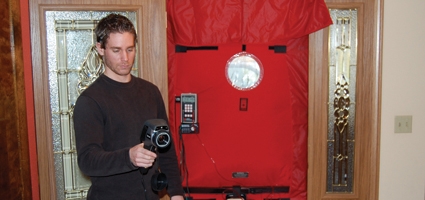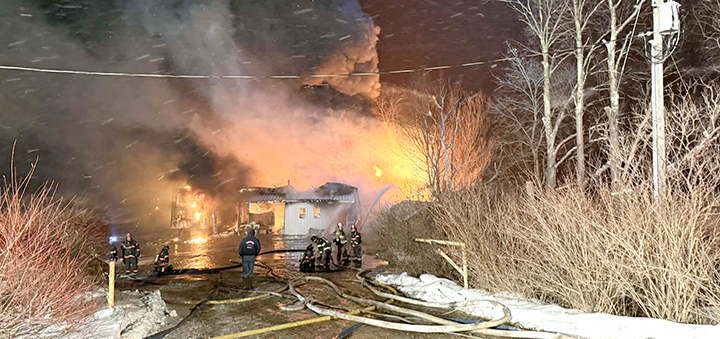Punching the Clock: Turning up the heat
During the formidable upstate winter season, it can be quite a challenge to stave off frostbite without jacking up thermostats or making the transformation into a mountain of blankets and comforters. With this in mind, I met up with Stacy Gage from Blueox, to conduct a comprehensive home energy audit on a Gibbon Road residence for this week’s edition of Punching the Clock. The home energy audit is a free service provided by Blueox to make sure homeowners are aware of the money they may be wasting on their heating and electric bills.
“So many homes need to have energy audits done because they are wasting so much money,” Gage told me. Homeowners don’t need to be Blueox costumers and Gage could not stress enough how the service is free. “Not many companies like ours supply this service,” he told me. What could Blueox possibly hope to gain from saving people money on their energy bills, I wondered. The pay back is in the long term Gage explained – homeowners’ appreciation for all the money they save because of the audits, sometimes wins them over as costumers from competitors. Other times the improvements which can be made are services Blueox provides, though not always. But more than anything, showing up at people’s homes and actively seeking ways to save them money, expounds the image of Blueox as a costumer friendly organization.








Comments